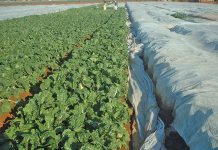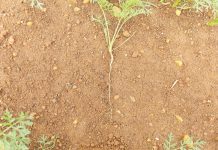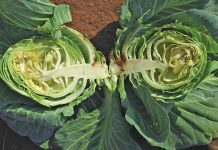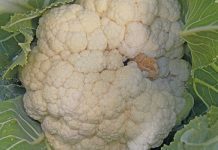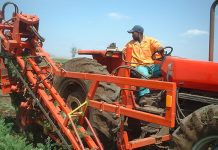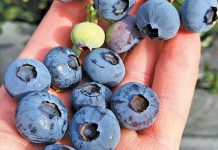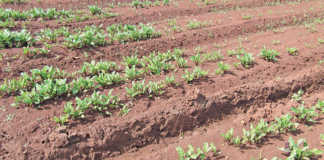
But my information differs slightly from this celebratory statement. I have it that the first Joburg Market was started in 1887, no fewer than 127 years ago, when the population of the fledgling mining town was estimated at around 50 000.
My source is a DVD produced by the same market a few years ago to celebrate its role in the city’s history. The 1894 market was built – you’ve guessed it – on Market Square in Market Street. As the city expanded, it moved to Newtown, where the original building can still be seen from the M1.
Huge facility
In 1972, the then-hopelessly overcrowded market was moved to City Deep, where it now covers more than 60ha with about 100 000m² of trading space. It’s a massive facility by any standards, as it also houses two retail markets, numerous wholesalers, cold stores, ripening facilities and other businesses.
READ Durban market introduces first ‘cash deposit device’
There are about 18 000 farmers on its books and approximately 10 000 people pass through its gates every day, while sales exceed 1 million tons a year. Current annual turnover is more than R4 billion.
All of this means that Joburg Market stands astride the fresh produce markets sector like a colossus and can comfortably claim a 37% market share.
Market leader
Joburg Market influences all others. Virtually every fresh produce market salesperson in South Africa checks the early morning prices on Joburg Market because he or she has to compute the added transport costs and hopefully beat those prices to keep farmers happy.
Farmers around the country as well as in our neighbouring states all feed into Joburg Market. I’m told that products from Johannesburg are found on shop shelves as far away as Ghana. Market management has ambitious plans underway for revamping this giant.
If they all come to… well, fruition, we’ll be seeing the market leader reasserting its position in a few years’ time.

